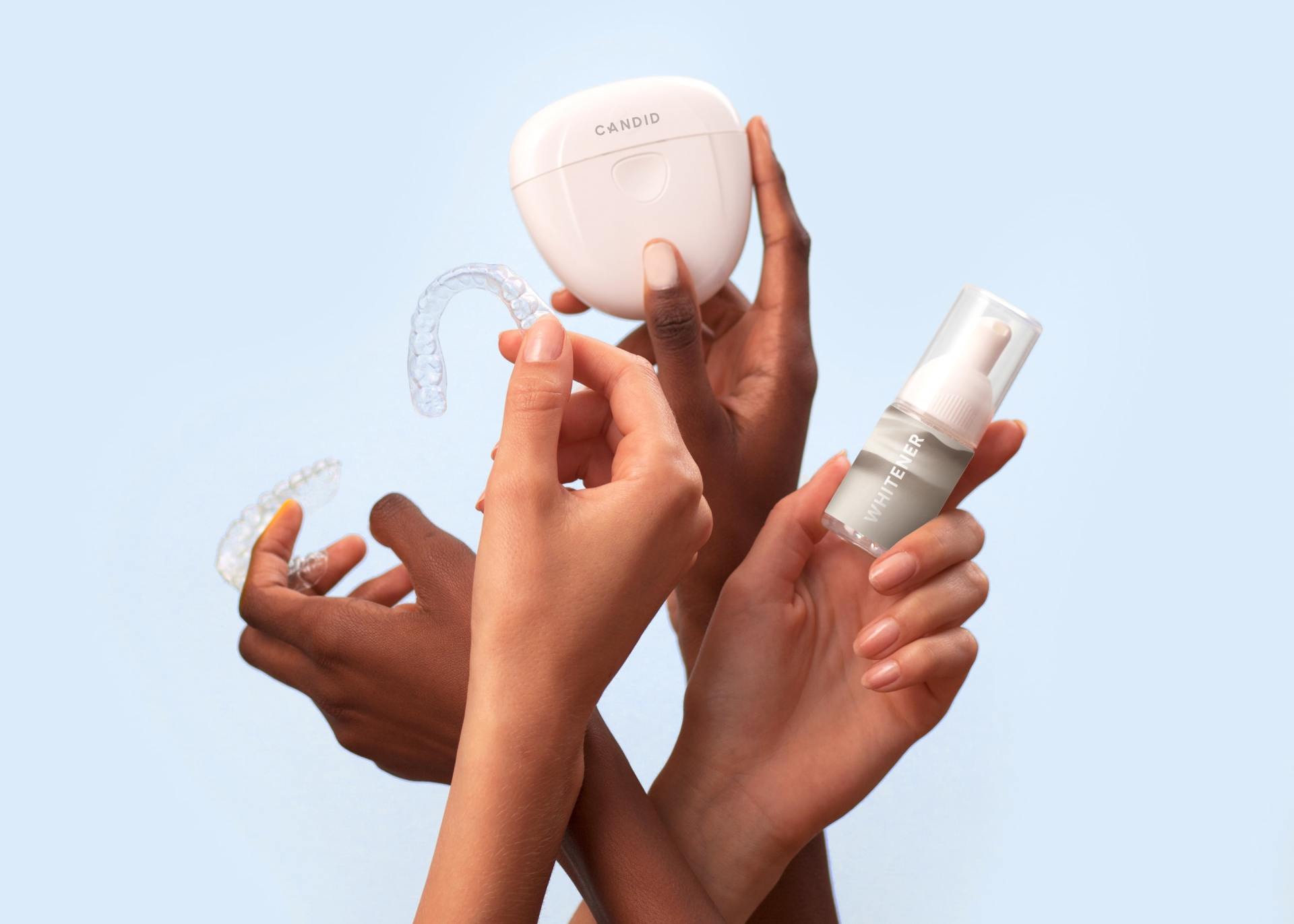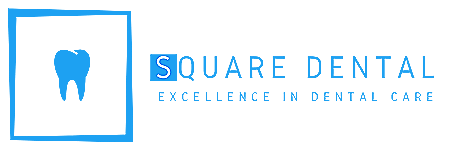Blog
Sqaure Dental Blogs

By Sunny Matharu
•
21 Jul, 2021
Gums That Bleed. Are electric toothbrushes more effective in combating bleeding gums than manual brushes? Both electric and manual toothbrushes are excellent at cleaning teeth as long as you 1) brush thoroughly but gently on all tooth surfaces) and 2) brush for two minutes twice a day. The newest electric brushes can really help preserve your teeth in novel ways: built-in pressure sensors may warn you when you brush too hard and, when linked to an app, can even provide feedback on your brushing effectiveness. What are the advantages of electric toothbrushes? Electric toothbrushes are usually more effective in removing plaque and food debris and reducing bleeding gums than manual toothbrushes, as the round spinning brush head allows more brush strokes per minute and can reach hard-to-reach areas; The timer ensures that you brush for the required two minutes; The newest brushes link through Bluetooth to an app, providing real-time feedback on your brushing; and If you have a condition such as arthritis, they may assist you in brushing thoroughly. Can electric toothbrushes cause tooth damage? When used properly, an electric toothbrush will not do any harm to your teeth or gums. However, be cautious: brushing too vigorously – that is, using your electric brush as if it were a manual brush – may wear away both the enamel and the gums. Allow the electric toothbrush to do the job for you by gliding over all tooth surfaces. Do electric toothbrushes help whiten teeth? The simple answer is that an electric toothbrush cannot effectively whiten teeth. However, using an electric toothbrush may result in whiter teeth, since electric brushes are usually more effective at eliminating plaque and surface stains, both of which can cause teeth to look dull or yellow. You are welcome to make an appointment and speak with one of our dentists about teeth whitening. Is cleaning your teeth alone sufficient for bleeding gums treatment? Brushing your teeth twice a day is important, but even an electric brush cannot reach all areas where food or plaque may accumulate, therefore it is critical to floss or use interdental brushes or a water flosser to clean between teeth. A final swish with an alcohol-free mouth wash may help eliminate plaque and food particles that have been stuck between the teeth during brushing or flossing. However, remember that brushing and flossing alone will not eliminate all plaque deposits, which is why you should schedule a professional scale and polish at least once a year. If you have bleeding gums, if your teeth have gotten loose, or if you are unable to tolerate dentures, schedule an appointment with our implant surgeon.
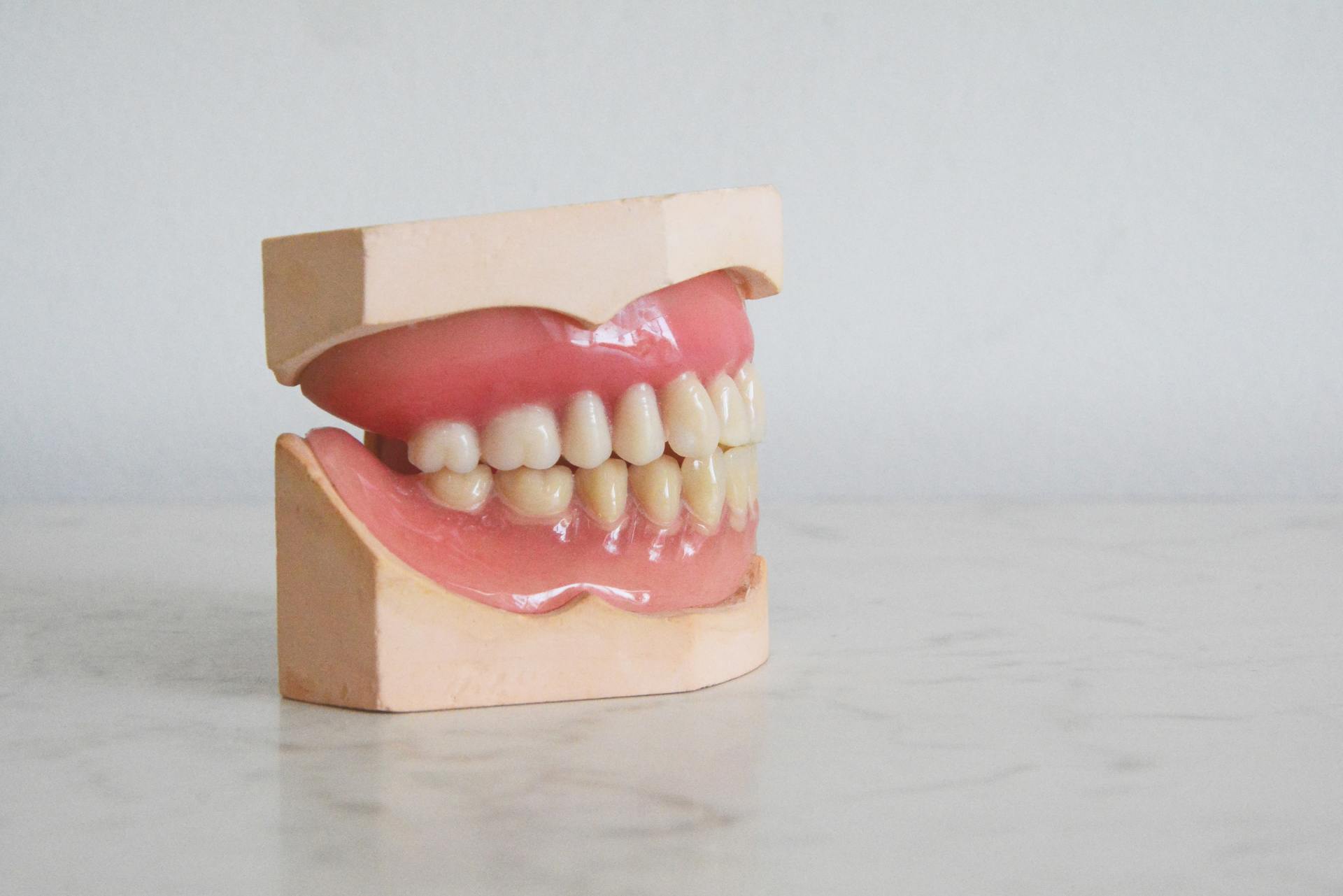
By Sunny Matharu
•
21 Jul, 2021
What Does Yellow Teeth Mean? This may refer to any of the following: Your teeth are naturally yellowish or off-white; Your teeth are stained (for example, from tea, coffee, or smoking); You have a plaque or tartar build-up; Your enamel has worn away, revealing the naturally yellowish underlying dentin. Ref: https://www.livescience.com/54420-yellow-teeth.html Why do your teeth get yellow? One of the most frequent causes of yellow teeth is plaque or tartar buildup as a consequence of inadequate brushing and flossing or failing to see a dentist at least once a year for a descale & polish. This may also be the result of surface discoloration from substances such as tea, coffee, cola, and cigarettes. Worse still, it may be due to the enamel being worn away due to excessive brushing or acid damage, revealing the yellowish dentin underneath. Teeth also yellow with age when the enamel thins and the dentin darkens in color. Are yellow teeth unhealthy? Yellow teeth are not always harmful; they may be your natural tooth color or stains from things like tea, coffee, and smoking. However, yellow teeth are unhealthy if they are the result of enamel erosion, exposing the underlying dentin, or plaque and tartar build-up, all of which may result in cavities, gum disease, and even tooth loss. Is it necessary for teeth to be white? No, natural teeth are not white; they are off-white in color, typically with a yellowish or blue-greyish tint. If you encounter someone with a dazzling white grin, it is usually often the result of dental restorations such as veneers or crowns, since the shade of white may be customized. How can I get rid of yellow teeth? If your teeth have become discolored as a result of plaque buildup, this may be addressed first with an improved daily teeth-cleaning regimen and a hygiene visit. A thorough dental hygiene regimen, as well as whitening if staining continues, may also help minimize discoloration. However, if the yellowing is caused by exposed dentin underneath worn-down enamel, it cannot be cured or reversed, but a front tooth may be covered with a veneer.
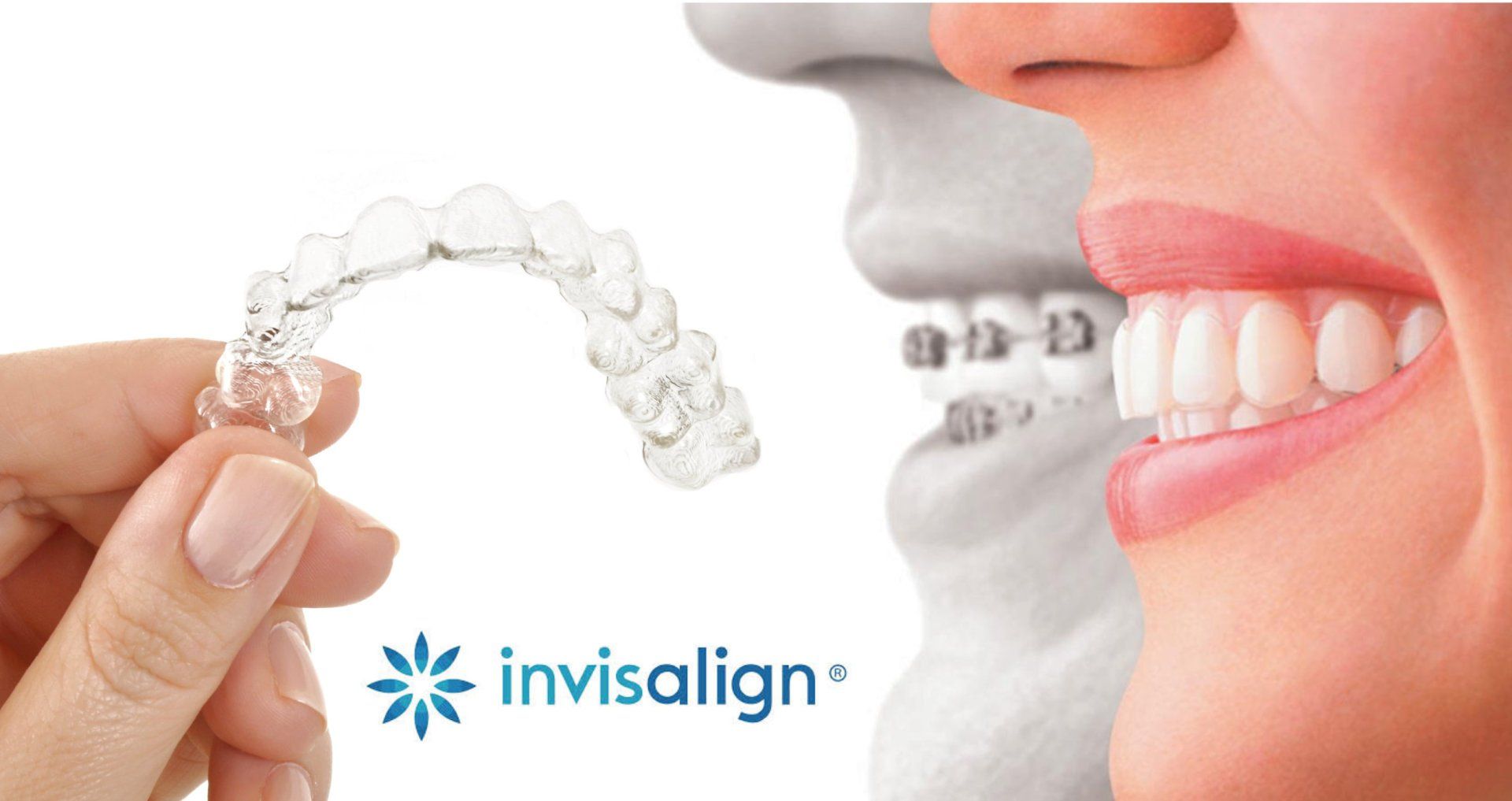
By Sunny Matharu
•
21 Jul, 2021
How long does Invisalign take to begin working? Many of our patients see a change within the first few weeks. However, if you do not continue wearing your aligners as recommended, i.e. morning and night for 20-22 hours each day, removing them only for eating, drinking, and cleaning... or for the odd special event, teeth will begin to shift back. How long does it take for Invisalign to straighten your teeth? The shortest duration of therapy is about 12 weeks, while the average is approximately 6 months to a year. As is the case with all removable braces, the total treatment time for Invisalign is dependent not only on the complexity of your case (i.e. the amount of correction required), but also – and perhaps more importantly – on your commitment to wearing the aligners for the required amount of time each day. How do I maximize the effectiveness of Invisalign? Patient dedication is almost certainly the most important element in achieving the greatest outcomes. In brief, this means wearing your braces for at least 20 to 22 hours each day, removing them only to eat, drink, and brush your teeth. Additionally, it is critical that you maintain a good oral hygiene regimen, including cleaning your teeth after each meal or snack and cleaning your trays anytime you remove them. What is the Invisalign procedure? We capture precise 3D 'impressions' of your teeth in seconds using our state-of-the-art iTero digital scanner. Thus, there will be no more biting into dirty, sticky plates in order to get physical imprints. We may then show you the entire treatment plan, from the starting position of your teeth to the ultimate desired position, prior to treatment beginning! Can Invisalign be used on just the upper teeth? While this is theoretically true, as a general rule, we advise patients to treat both arches concurrently. Why? Simply because treating just your top or lower teeth may cause your bite to become disrupted.
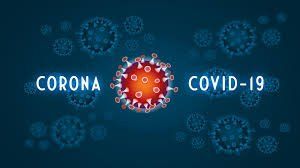
By Dr. Himabindu Meda
•
19 May, 2020
How We’re Safely Providing Dental Care in the Age of COVID-19 “YOU CAN’T CHANGE THE DIRECTION OF THE WIND BUT YOU CAN ADJUST YOUR SAILS” The World Health Organisation is encouraging people to seek information from legitimate sources only. They state we need to connect safely with those who are isolated, and to curb exposure to news that makes them anxious or distressed. The sudden and near constant stream of news reports about COVID19 can cause anyone to feel worried. Get the facts not the rumours and misinformation. Facts can help to ease anxiety and aid in the promotion of positive mental health. Facts minimise fear. Since reopening our office to the public, we’ve implemented additional safety measures, as well: • Patients are asked to wait in their car until they’re called in for their appointment. • As soon as patients come in, we have them wash their hands, and we take their temperature. If they’re running a fever or showing any signs of COVID-19, we ask that they reschedule. • We also ask them several screening questions about potential COVID exposure. Again, if there’s a chance they may have been exposed, we ask that they reschedule. All staff members get their temperatures checked twice daily – once in the morning and once at noon. If any one of them is running a fever or exhibiting other COVID symptoms, they’re sent home for the day. They can be allowed to come back to work if they report no temperature or any other covid symptoms for next 24hrs. We want you to feel confident coming back to our office – or coming into our office for the first time – certain that we are doing everything we can to keep you safe as we provide you and your family with the expert dental care you need. If you have any questions or concerns about our safety procedures, please don’t hesitate to contact us.
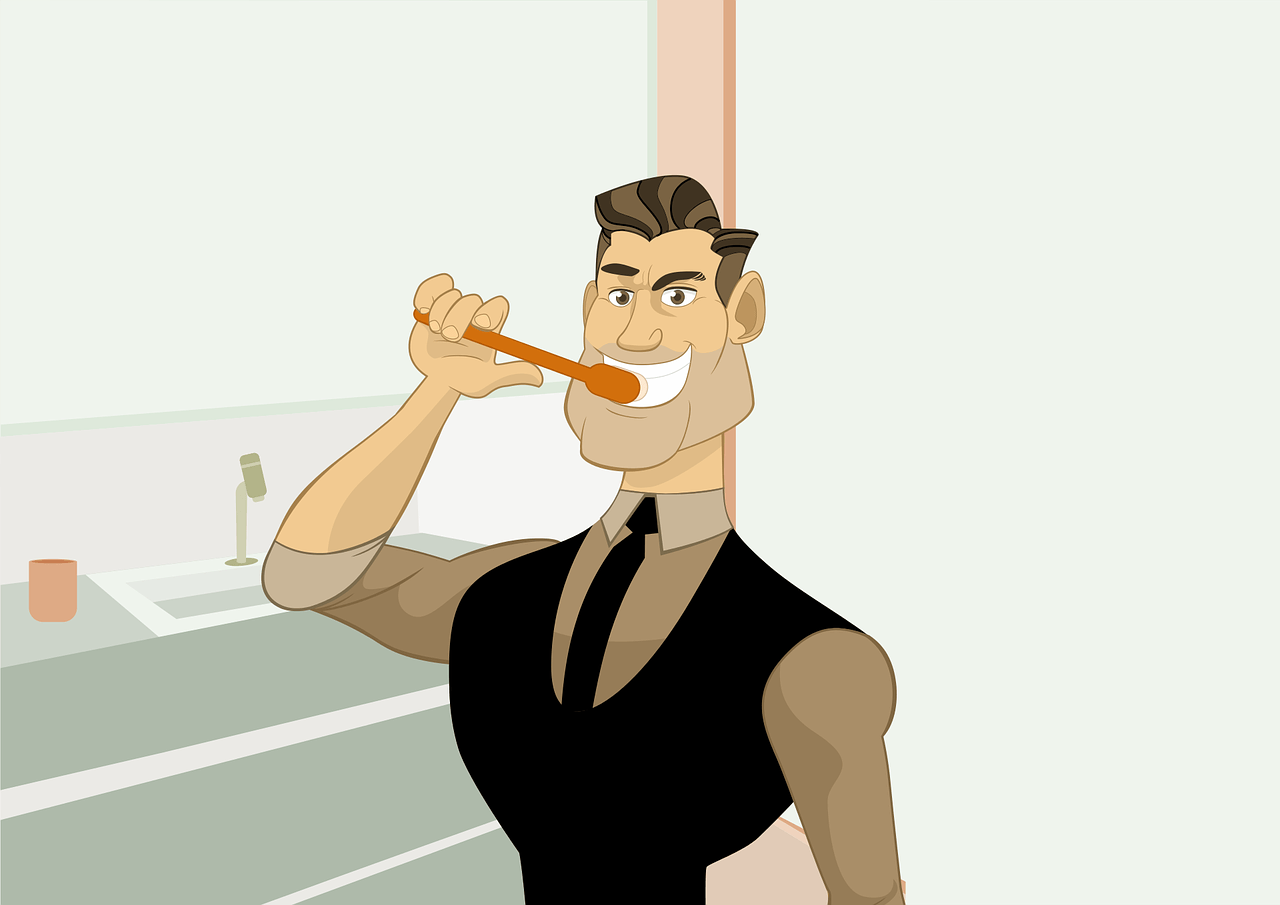
By Dr. Himabindu
•
02 Nov, 2019
Most people don't give much thought on how they brush their teeth -- you squeeze some toothpaste onto your toothbrush and you scrub back and forth, up and down, left and right. What's important to understand is how you brush your teeth matters a great deal -- how often do you brush, how long you brush, the kind of technique and the toothbrush you use are all major influences on the effectiveness of your brushing. Here are some FAQs HOW OFTEN SHOULD I BRUSH MY TEETH? You should brush 2 times a day morning and night. The night time brush is important because you don't want to allow the bacteria in your mouth feast on the food and plaque stuck on your teeth and gums brush. HOW LONG SHOULD I BRUSH MY TEETH FOR? You should brush for at least two minutes each time you brush WHAT TYPE OF TOOTHBRUSH SHOULD I USE TO BRUSH MY TEETH? You should brush using a soft-bristled toothbrush with a small head and a flexible neck as they remove the plaque and debris from your teeth without damaging your teeth and gums. Plaque can get caught in the loose gum line between the tooth and the gums. Gently brush into these areas with your toothbrush WHATS THE BEST TECHNIQUE ON HOW TO BRUSH YOUR TEETH? You should clean your teeth systematically, starting at the back of your mouth with the toothbrush bristle at the gum line on a 45° angle, brushing gently in a circular motion. Treat brushing the gum line like a massage, don't scrub it like a pot or pan. If you scrub too hard from side to side, you can run the risk of causing your gums to recede, as well as damaging the tooth enamel. As you brush along the gums, you want to gently dislodge and brush off the plaque that get trapped in the gum line You should take care to brush carefully along the inner, outer and chewing surfaces, making sure you tip the toothbrush so you can reach the inner front areas of the teeth, which are often missed. When you have finished brushing, try to spit out the toothpaste and don’t rinse with water. Leaving some toothpaste on your teeth is a really great way to give your teeth some extra ongoing protection. DO I NEED TO BRUSH MY TONGUE? Yes, while it may seem strange at first to brush your tongue, doing so actually reduces the bacteria in your mouth and helps your breath stay fresh. All you need to do is push the bristles on the tongue and scrape gently forward. DO I REALLY NEED TO FLOSS MY TEETH? Yes. And the reason is that the toothbrush can't brush and remove plaque away from every single surface of the tooth and gum line. Flossing removes the remaining bits of plaque that are stuck in the gaps between the teeth We often don't even know the plaque is there but its important to remove it so that we don't cause permanent damage to the gums and bones and we will minimise the risk of tooth decay in the gaps between the teeth WHAT TOOTHPASTE SHOULD I USE? For adults use any toothpaste with fluoride in it For children aged 6 and over, you can use normal adult strength toothpaste For children between the ages of 2-5, use children's toothpaste with about 500ppm fluoride If you have any allergic reactions or ulcers from your toothpaste, try using toothpastes which don't have SLS/SLES in it HOW MUCH TOOTHPASTE SHOULD I USE? For adults, use a small pea sized amount For children, only use a smear of toothpaste on the toothbrush Ensure that your child knows how to spit because ingesting too much toothpaste can affect the development of their adult teeth GENERAL TIPS FOR BRUSHING YOUR TEETH Tempting as it is to think that pressing harder on your teeth equals a better clean, the fact is that too much pressure can damage your gums and tooth enamel. If the bristles are wearing out on your toothbrushes well before the three-month mark, you’re pressing too hard and you should ask your dentist to show you a less damaging technique. It’s also a good idea to replace your brush, whether manual or powered, when either the bristles start to spread apart, or every three months, whichever comes first. REGULAR DENTAL CHECK UPS AND CLEANS Regular check up and cleans ensure that your teeth and gums are carefully examined by the dentist to ensure that they're healthy. It's something we're trained to do much like a mechanic helps to service and make sure all the parts of your are operating smoothly when you take it for a service
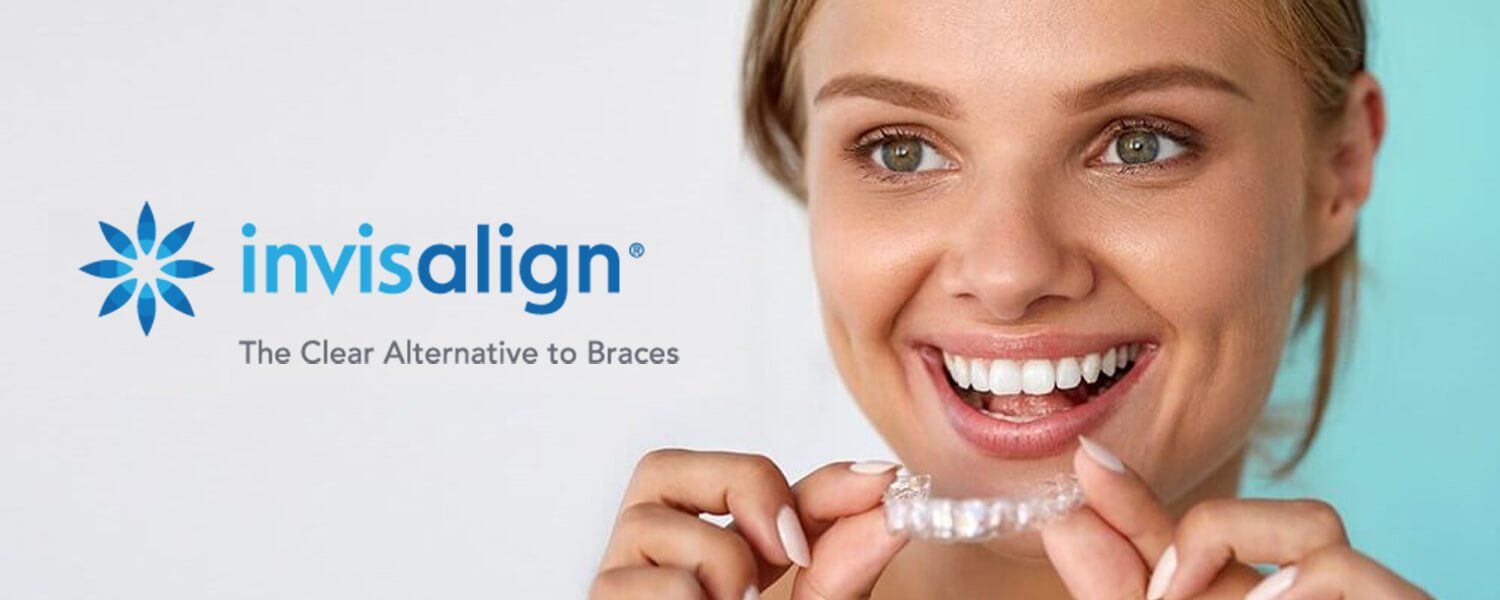
By Dr. Himabindu
•
02 Nov, 2019
Every innovative feature of the Invisalign System is designed to reveal the smile that you deserve. It’s why millions of people have now transformed their lives with our removable, near-invisible aligners. Custom-made to move your teeth little by little, each tiny shift takes you a step closer to that next version of you – efficiently, gently and accurately.
Latest news

By Sunny Matharu
•
21 Jul, 2021
Gums That Bleed. Are electric toothbrushes more effective in combating bleeding gums than manual brushes? Both electric and manual toothbrushes are excellent at cleaning teeth as long as you 1) brush thoroughly but gently on all tooth surfaces) and 2) brush for two minutes twice a day. The newest electric brushes can really help preserve your teeth in novel ways: built-in pressure sensors may warn you when you brush too hard and, when linked to an app, can even provide feedback on your brushing effectiveness. What are the advantages of electric toothbrushes? Electric toothbrushes are usually more effective in removing plaque and food debris and reducing bleeding gums than manual toothbrushes, as the round spinning brush head allows more brush strokes per minute and can reach hard-to-reach areas; The timer ensures that you brush for the required two minutes; The newest brushes link through Bluetooth to an app, providing real-time feedback on your brushing; and If you have a condition such as arthritis, they may assist you in brushing thoroughly. Can electric toothbrushes cause tooth damage? When used properly, an electric toothbrush will not do any harm to your teeth or gums. However, be cautious: brushing too vigorously – that is, using your electric brush as if it were a manual brush – may wear away both the enamel and the gums. Allow the electric toothbrush to do the job for you by gliding over all tooth surfaces. Do electric toothbrushes help whiten teeth? The simple answer is that an electric toothbrush cannot effectively whiten teeth. However, using an electric toothbrush may result in whiter teeth, since electric brushes are usually more effective at eliminating plaque and surface stains, both of which can cause teeth to look dull or yellow. You are welcome to make an appointment and speak with one of our dentists about teeth whitening. Is cleaning your teeth alone sufficient for bleeding gums treatment? Brushing your teeth twice a day is important, but even an electric brush cannot reach all areas where food or plaque may accumulate, therefore it is critical to floss or use interdental brushes or a water flosser to clean between teeth. A final swish with an alcohol-free mouth wash may help eliminate plaque and food particles that have been stuck between the teeth during brushing or flossing. However, remember that brushing and flossing alone will not eliminate all plaque deposits, which is why you should schedule a professional scale and polish at least once a year. If you have bleeding gums, if your teeth have gotten loose, or if you are unable to tolerate dentures, schedule an appointment with our implant surgeon.

By Sunny Matharu
•
21 Jul, 2021
What Does Yellow Teeth Mean? This may refer to any of the following: Your teeth are naturally yellowish or off-white; Your teeth are stained (for example, from tea, coffee, or smoking); You have a plaque or tartar build-up; Your enamel has worn away, revealing the naturally yellowish underlying dentin. Ref: https://www.livescience.com/54420-yellow-teeth.html Why do your teeth get yellow? One of the most frequent causes of yellow teeth is plaque or tartar buildup as a consequence of inadequate brushing and flossing or failing to see a dentist at least once a year for a descale & polish. This may also be the result of surface discoloration from substances such as tea, coffee, cola, and cigarettes. Worse still, it may be due to the enamel being worn away due to excessive brushing or acid damage, revealing the yellowish dentin underneath. Teeth also yellow with age when the enamel thins and the dentin darkens in color. Are yellow teeth unhealthy? Yellow teeth are not always harmful; they may be your natural tooth color or stains from things like tea, coffee, and smoking. However, yellow teeth are unhealthy if they are the result of enamel erosion, exposing the underlying dentin, or plaque and tartar build-up, all of which may result in cavities, gum disease, and even tooth loss. Is it necessary for teeth to be white? No, natural teeth are not white; they are off-white in color, typically with a yellowish or blue-greyish tint. If you encounter someone with a dazzling white grin, it is usually often the result of dental restorations such as veneers or crowns, since the shade of white may be customized. How can I get rid of yellow teeth? If your teeth have become discolored as a result of plaque buildup, this may be addressed first with an improved daily teeth-cleaning regimen and a hygiene visit. A thorough dental hygiene regimen, as well as whitening if staining continues, may also help minimize discoloration. However, if the yellowing is caused by exposed dentin underneath worn-down enamel, it cannot be cured or reversed, but a front tooth may be covered with a veneer.

By Sunny Matharu
•
21 Jul, 2021
How long does Invisalign take to begin working? Many of our patients see a change within the first few weeks. However, if you do not continue wearing your aligners as recommended, i.e. morning and night for 20-22 hours each day, removing them only for eating, drinking, and cleaning... or for the odd special event, teeth will begin to shift back. How long does it take for Invisalign to straighten your teeth? The shortest duration of therapy is about 12 weeks, while the average is approximately 6 months to a year. As is the case with all removable braces, the total treatment time for Invisalign is dependent not only on the complexity of your case (i.e. the amount of correction required), but also – and perhaps more importantly – on your commitment to wearing the aligners for the required amount of time each day. How do I maximize the effectiveness of Invisalign? Patient dedication is almost certainly the most important element in achieving the greatest outcomes. In brief, this means wearing your braces for at least 20 to 22 hours each day, removing them only to eat, drink, and brush your teeth. Additionally, it is critical that you maintain a good oral hygiene regimen, including cleaning your teeth after each meal or snack and cleaning your trays anytime you remove them. What is the Invisalign procedure? We capture precise 3D 'impressions' of your teeth in seconds using our state-of-the-art iTero digital scanner. Thus, there will be no more biting into dirty, sticky plates in order to get physical imprints. We may then show you the entire treatment plan, from the starting position of your teeth to the ultimate desired position, prior to treatment beginning! Can Invisalign be used on just the upper teeth? While this is theoretically true, as a general rule, we advise patients to treat both arches concurrently. Why? Simply because treating just your top or lower teeth may cause your bite to become disrupted.
If you are simply browsing or using this site you agree with our Privacy Policy.
© 2024
Square Dental. All Rights Reserved.
